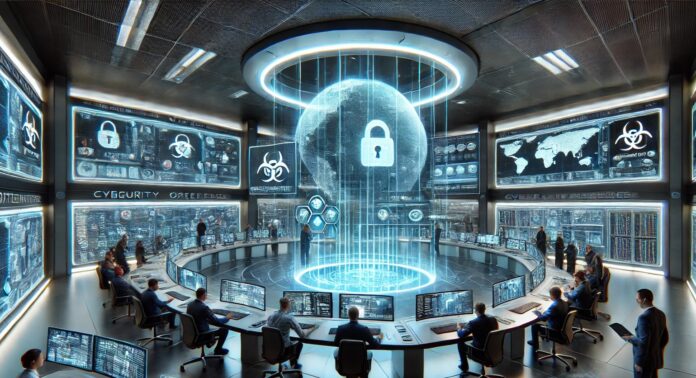
For years, cybersecurity training programs have been stuck in the same rut: entertaining videos, knowledge-heavy lectures, and phishing tests that feel more like public shaming than skill-building. It’s time for a radical shift. The world has evolved and so have the tactics of threat actors. To keep up, we need to abandon outdated awareness models and embrace readiness programs rooted in real-life exercises and habit formation. Here’s why.
1. Knowledge Doesn’t Protect You—Habits Do
Let’s start with a simple analogy: brushing your teeth. You don’t avoid cavities because you watched a video about dental hygiene; you avoid them because you’ve turned brushing into a daily, automatic habit. Cybersecurity should be no different. Watching a slickly produced video about phishing might give employees a momentary jolt of interest, but it doesn’t instill the behaviors that actually prevent breaches. It’s not a pre-requisite.
What we need is practical, repeatable training that transforms good cybersecurity practices into second nature. Clicking suspicious links, sharing sensitive information, or ignoring basic security protocols should feel as unnatural as leaving the house without brushing your teeth.
2. Stop the Blame Game: From Tests to Simulations
The traditional phishing test or its newer sibling, the smishing test is a relic of the past and a harmful one at that. Employees who “fail” these tests often feel embarrassed, demoralized, or, worse, resentful toward their cybersecurity team. Instead of fostering a culture of improvement, such tests breed fear and defensiveness.
Contrast that with phishing and smishing simulations paired with immediate feedback and learning opportunities. Simulations don’t just expose mistakes, they teach. When employees can reflect on their actions in real-time and understand where they went wrong, they’re far more likely to internalize those lessons. Mistakes become opportunities for growth, not scars on their professional reputation.
3. Practice Builds Intuition, and Intuition Drives Decisions
Let’s face it: when faced with a real phishing email or smishing text, your employees won’t have time to consult an encyclopedia of cybersecurity knowledge. They’ll rely on intuition. And intuition, contrary to popular belief, isn’t some mystical gift it’s the product of intense practice.
Think of seasoned pilots or chess grandmasters. Their decision-making isn’t guided by raw knowledge; it’s guided by honed instincts developed through countless hours of training. The same principle applies to cybersecurity. Frequent, realistic practice sharpens employees’ ability to recognize threats at a glance and respond appropriately without hesitation.
4. Data Is the Key to Motivation and Mastery
One of the most overlooked tools in modern cybersecurity training is data. A readiness program driven by metrics can provide employees with tangible proof of their progress, showing them how their instincts have improved over time. It can also highlight areas for growth, helping them focus their efforts where it matters most.
Imagine an employee who starts out struggling to spot phishing or smishing attempts but, over the course of a few months, sees their detection rate climb steadily. That data isn’t just numbers it’s a source of pride and motivation. It transforms the abstract goal of “being more secure” into something measurable and achievable.
The Call to Action: Rebrand Cybersecurity Training as Human Readiness
Let’s face it “awareness training” has an image problem. The phrase itself implies passivity, a mere recognition of threats rather than a proactive ability to deal with them. In a field where perception matters, awareness training lacks the credibility to inspire confidence or drive meaningful change.
This identity challenge is an opportunity to reimagine the entire field. We need to move from “awareness” to Human Readiness a term that embodies action, resilience, and the ability to anticipate and neutralize threats. By rebranding the mission, we create a clearer, more compelling narrative that aligns with the real goal: empowering employees to become an active line of defense against cyber threats.
It’s time to ask yourself: is your training program truly preparing your employees for the challenges they’ll face? Or are you simply checking a box, hoping that knowledge alone will keep your organization secure?
The transformation from awareness to readiness isn’t just a shift in tactics it’s a shift in mindset. It’s about building habits, fostering intuition, and equipping employees with the tools they need to play offense and defense at the same pace as the threats targeting them.
The threat actors aren’t standing still. Your training program shouldn’t either. Let’s stop preparing employees to “be aware” and start preparing them to be ready.
Ad
Join over 500,000 cybersecurity professionals in our LinkedIn group “Information Security Community”!
